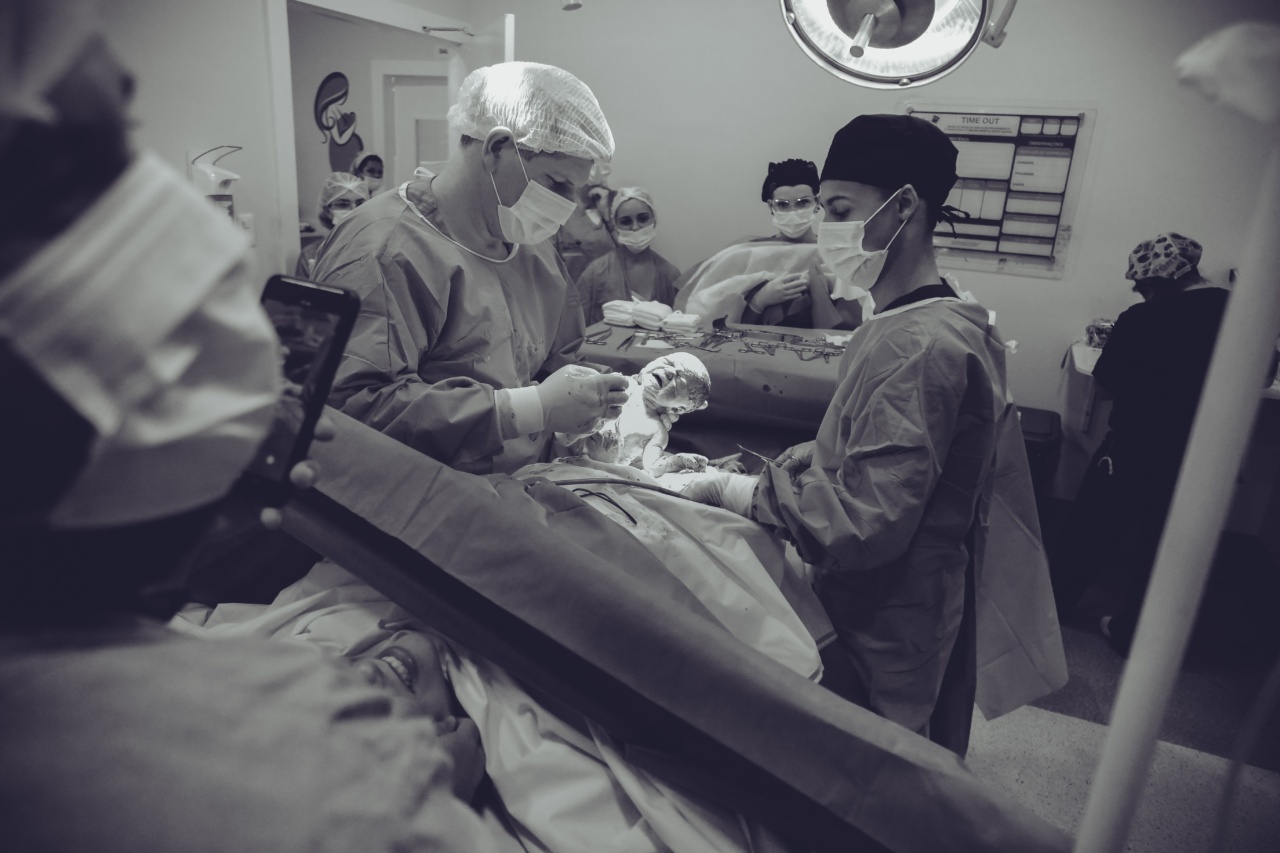Abdominal surgery is a major operation that is done to repair damage to the abdominal wall caused by a variety of factors such as trauma, disease, or pregnancy.
After giving birth, some women may require abdominal surgery to repair the abdominal muscles that may have separated during pregnancy or to remove excess skin and fat that cannot be resolved through exercise or diet.
Types of Abdominal Surgery
There are several types of abdominal surgery that may be done after giving birth. These include:.
1. Caesarean Section
Caesarean section, also known as C-section, is the most common type of abdominal surgery done after giving birth. It is a surgical procedure done to deliver a baby through incisions made in the mother’s abdomen and uterus.
C-section is done when vaginal delivery is not possible or when it is deemed unsafe for the mother or the baby.
2. Abdominoplasty (Tummy Tuck)
Abdominoplasty, commonly referred to as a tummy tuck, is a surgical procedure done to remove excess skin and fat from the abdomen.
It is often done when exercise and diet are not enough to reduce excess abdominal skin and fat that may have resulted from pregnancy or weight gain.
3. Laparotomy
Laparotomy is a surgical procedure done to access and repair any damage to internal organs in the abdominal cavity. It is done when there is significant damage to the abdominal organs, such as following a severe trauma or infection.
4. Myomectomy
Myomectomy is a surgical procedure done to remove noncancerous tumors (fibroids) from the uterus. It is often done when the fibroids are causing pain or discomfort or affecting fertility.
Recovery from Abdominal Surgery After Giving Birth
The recovery from abdominal surgery varies depending on the type of surgery and the individual woman. However, there are some general guidelines that can help women recover faster and avoid complications.
1. Rest and Sleep
Rest is an important aspect of recovery from abdominal surgery, especially during the first few days after the surgery. Women should avoid any strenuous activities and get plenty of rest and sleep to help the body heal.
2. Pain Management
Pain management is an important aspect of recovery from abdominal surgery. Women may experience pain, discomfort, and swelling around the incision site after the surgery. Appropriate pain medication will be prescribed to ease the pain and discomfort.
3. Wound Care
Proper wound care is important to prevent infection and promote healing. Women should keep the incision site clean and dry and follow the instructions from their healthcare provider regarding dressing changes and wound care.
4. Diet and Hydration
A healthy diet and proper hydration are important aspects of recovery from abdominal surgery. Women should eat healthy foods that are high in nutrients and drink plenty of fluids to help the body heal.
5. Follow-up Appointments
Follow-up appointments with the healthcare provider are important to monitor the healing process and ensure there are no complications. Women should attend all scheduled appointments and report any unusual symptoms or complications immediately.
Complications of Abdominal Surgery After Giving Birth
Although abdominal surgeries are generally safe, there are some risks associated with the procedures. Some of the common complications include:.
1. Infection
Infection is a common complication of abdominal surgery. Women should report any signs of infection, such as fever, redness, and swelling around the incision site, to their healthcare provider immediately.
2. Bleeding
Bleeding is another common complication of abdominal surgery. Women should report any excessive bleeding or discharge from the incision site to their healthcare provider immediately.
3. Blood Clots
Blood clots can form in the legs or lungs after abdominal surgery, especially if the woman is immobile for extended periods.
Women should report any signs of blood clots, such as pain, redness, and swelling in the legs or shortness of breath, to their healthcare provider immediately.
4. Adhesions
Adhesions are scar tissue that forms between the abdominal organs or between the organs and the abdominal wall after surgery. Adhesions can cause pain and discomfort and may interfere with normal bowel movement or fertility.
Conclusion
Abdominal surgery after giving birth may be necessary to repair damage to the abdominal muscles or remove excess skin and fat that cannot be resolved through exercise or diet.
While the recovery from abdominal surgery varies depending on the type of surgery and the individual woman, following proper wound care, pain management, rest, and a healthy diet and hydration can help the body heal faster and avoid complications. Women should attend all follow-up appointments and report any unusual symptoms or complications to their healthcare provider immediately.


























